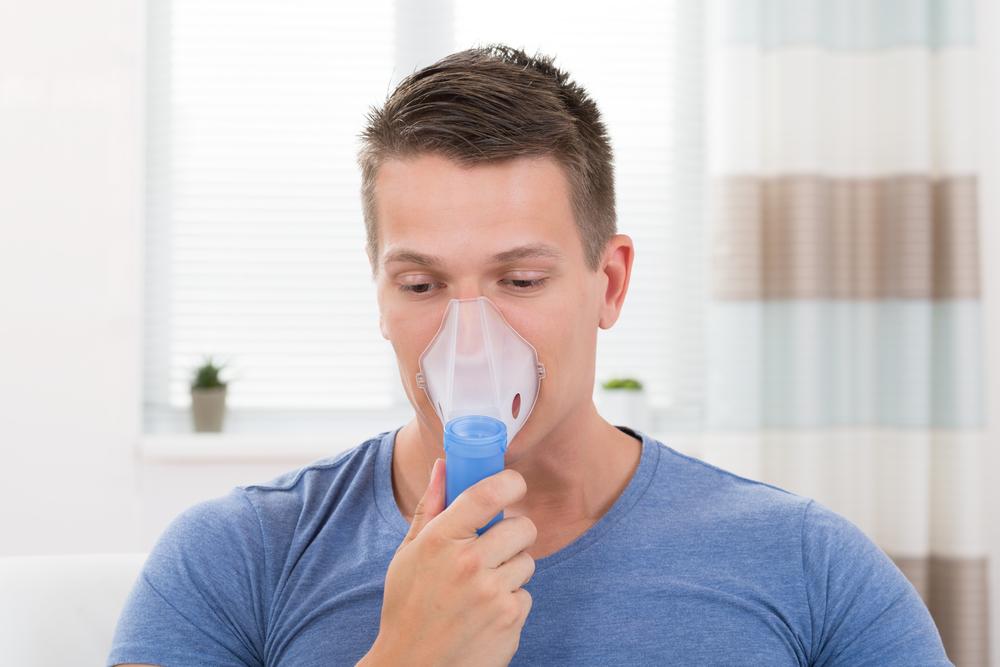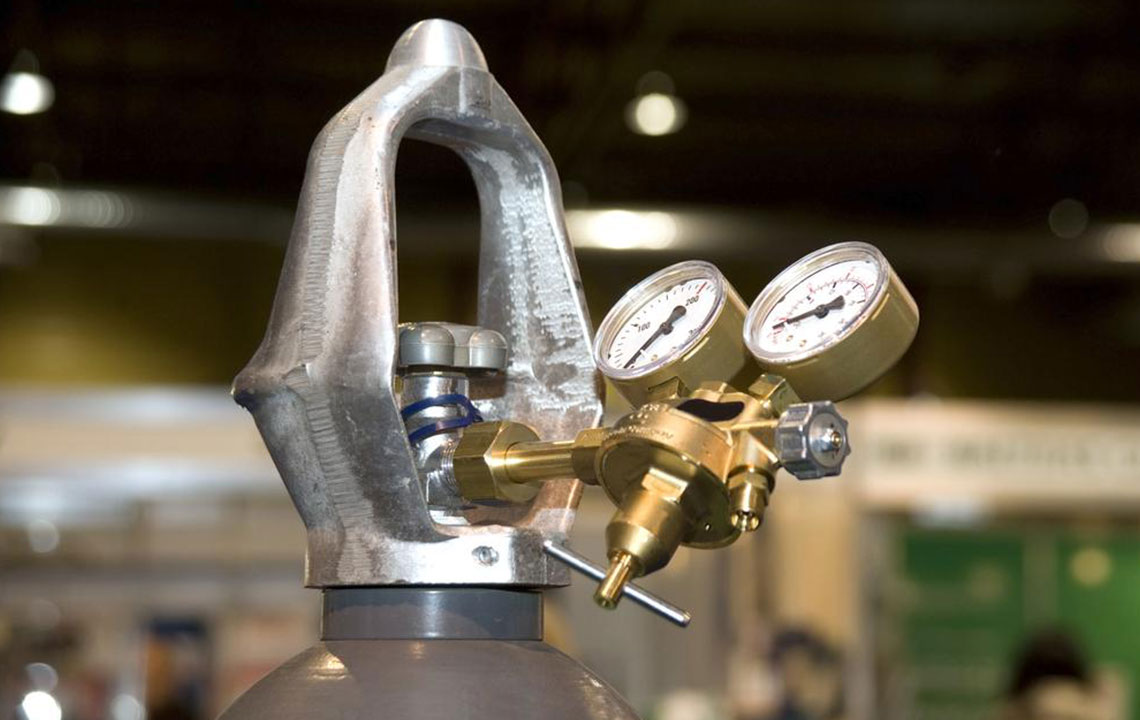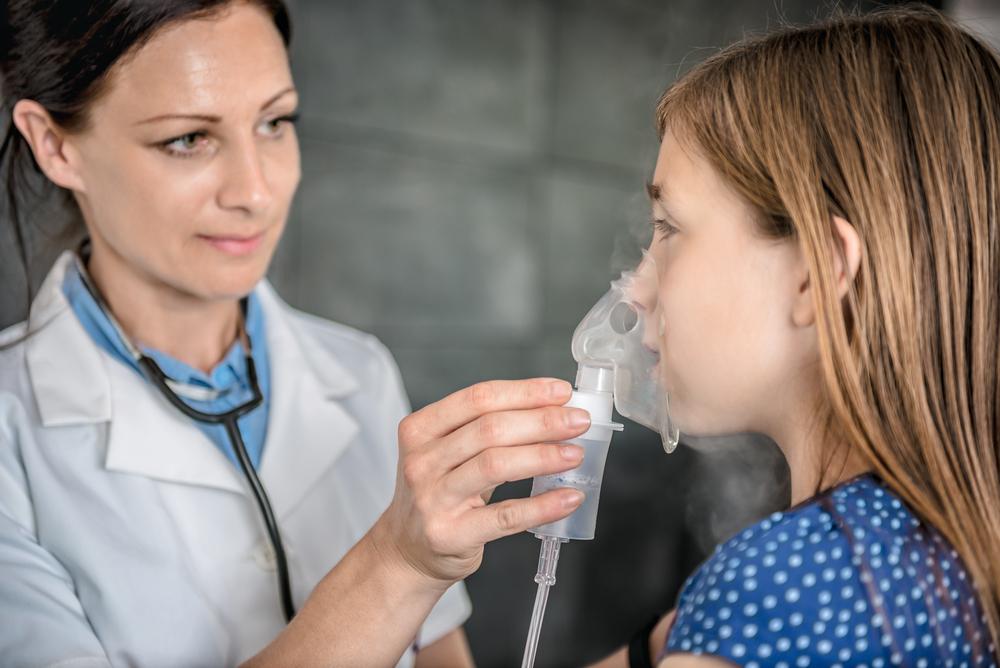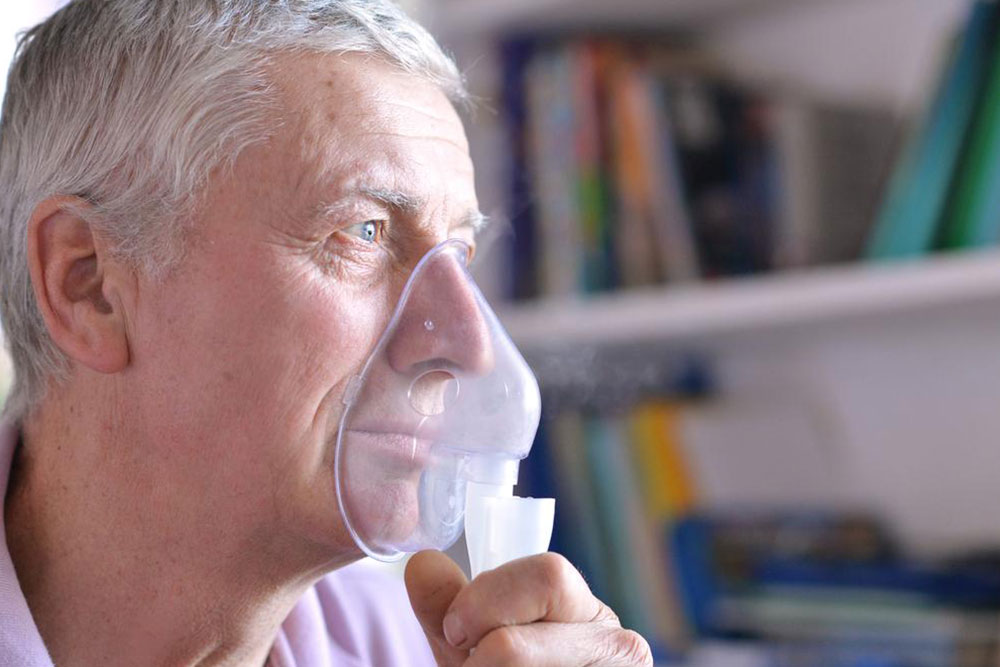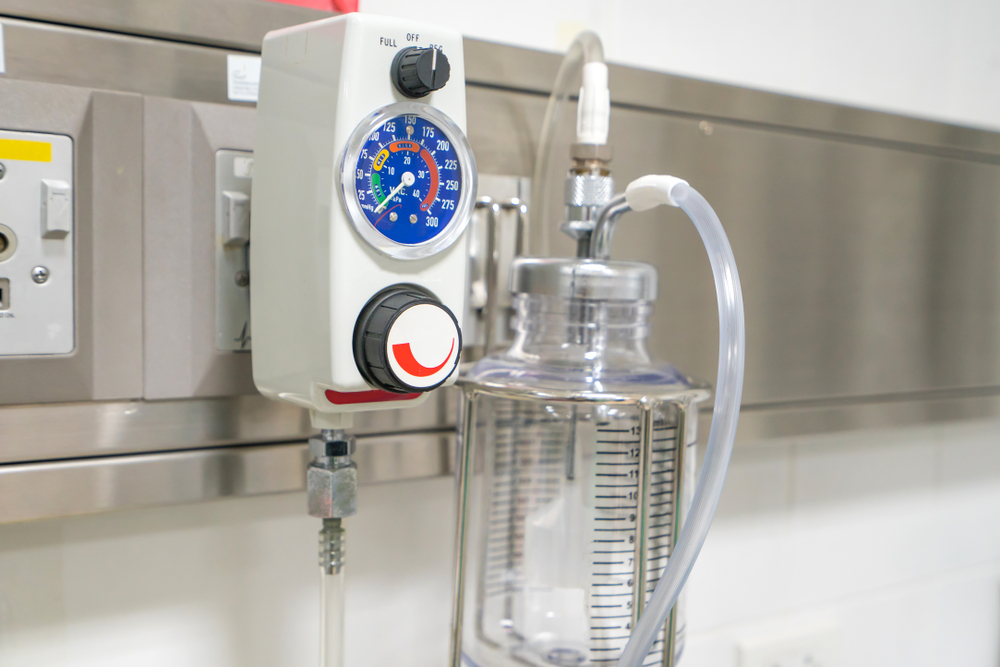Comprehensive Safety Guidelines for Using Portable Oxygen Concentrators Effectively and Safely
This comprehensive guide emphasizes the importance of safety when using portable oxygen concentrators. Covering potential hazards, maintenance tips, and best practices, it aims to help users operate their devices effectively while minimizing risks. Proper handling, environmental precautions, and adherence to medical guidelines are crucial for ensuring safe oxygen therapy at home or on the go, improving quality of life with confidence and safety.
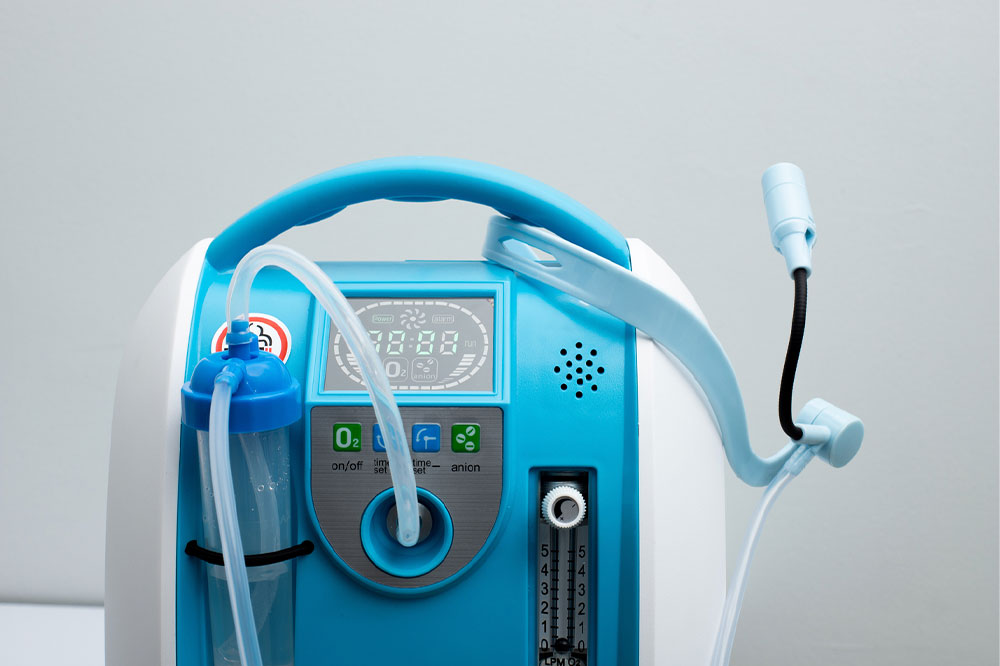
Comprehensive Safety Guidelines for Using Portable Oxygen Concentrators Effectively and Safely
Portable oxygen concentrators (POCs) have revolutionized respiratory therapy by offering patients a convenient, mobile solution for supplemental oxygen. These sophisticated devices are designed to deliver oxygen therapy wherever needed — whether at home, outdoors, or during travel — providing greater independence and improved quality of life. However, like any medical device, their use involves certain safety considerations to prevent accidents, health complications, and ensure maximum efficacy. This article provides an in-depth exploration of safety protocols, operational tips, and best practices for using portable oxygen concentrators safely and effectively.
Understanding Portable Oxygen Concentrators and Their Significance
Portable oxygen concentrators are advanced medical devices that extract oxygen from the surrounding air, compress it, and deliver it directly to the user via nasal cannulas or masks. Unlike traditional stationary oxygen systems that rely on large tanks, POCs are compact, lightweight, and battery-operated, making them ideal for active lifestyles. They are essential for individuals with conditions such as COPD, emphysema, or other respiratory illnesses that require continuous oxygen supplementation. Their portability allows users to maintain social activities, travel, and perform daily routines with minimal restriction, significantly enhancing their independence and well-being.
Despite their numerous benefits, ensuring safety when operating these devices is crucial to prevent potential hazards and ensure optimal health outcomes. Proper handling, maintenance, and adherence to safety guidelines are pivotal in maximizing their effectiveness and minimizing risks.
Potential Risks and Hazards Associated with Portable Oxygen Devices
While portable oxygen concentrators are designed with safety features and are generally safe when used correctly, mishandling or neglect can lead to serious hazards. Recognizing these risks is the first step toward safe operation. Common safety concerns include fire hazards, physical injuries, contamination risks, and oxygen toxicity.
Fire and Explosive Risks
Oxygen is a supporting element for combustion and can significantly accelerate fires. The presence of oxygen-rich environments greatly increases the risk of fire if open flames or heat sources are nearby. Users must ensure that their device is operated in well-ventilated areas away from cigarettes, fireplaces, stoves, candles, and other sources of ignition. Additionally, keep oxygen devices away from flammable liquids like alcohol-based cleaning products or gasoline fumes, which can pose explosion hazards if ignited.
Physical Injury Risks
Many portable oxygen concentrators involve high-pressure components, such as tanks and delivery systems. If mishandled or damaged, these parts can become projectiles, causing injuries. It’s vital to handle all equipment carefully, avoid dropping devices, and perform regular inspections for leaks, cracks, and damages. Properly securing tanks and cleaning devices according to the manufacturer’s instructions also reduces injury risks.
Contamination and Infection Risks
Ensuring hygiene is critical, as contaminated equipment can lead to respiratory infections. Regularly replacing nasal cannulas, tubing, and filters, as recommended, helps prevent bacteria buildup. Maintaining clean hands before handling devices or consumables further reduces infection chances. Users should also periodically disinfect parts that come into contact with their skin or mucus membranes.
Oxygen Toxicity and Misuse
Administering oxygen beyond prescribed levels can be harmful, leading to oxygen toxicity, which can damage lung tissues and other organs. Conversely, insufficient oxygen delivery can result in hypoxia, exacerbating health problems. It is imperative for users to follow their healthcare provider’s instructions regarding oxygen flow rates and duration. Regular monitoring of blood oxygen levels using pulse oximeters ensures safe and effective therapy.
The Advantages of Modern Portable Oxygen Concentrators
Contemporary portable oxygen units are equipped with innovative safety and efficiency features. These devices deliver medical-grade oxygen comparable to stationary systems. One key feature is pulse dose delivery, which senses the user’s inhalation and dispenses oxygen accordingly, conserving battery life and reducing excess oxygen exposure. Automatic shut-off mechanisms activate if the nasal cannula becomes dislodged, preventing oxygen leaks and potential hazards. Their compact design, lightweight construction, and user-friendly interfaces make them perfect for everyday use, travel, and outdoor activities.
Best Practices and Usage Tips for Ensuring Safety
Selecting Proper Masks and Cannulas
Use appropriately fitting masks or nasal cannulas with adjustable straps and nose clips. Ensuring a snug fit maximizes oxygen delivery efficiency while minimizing discomfort. Proper placement of nasal cannulas enhances oxygen flow and reduces skin irritation.
Avoiding Moisture and Humidity Exposure
Moisture can damage electronic components and promote bacterial growth. Keep devices in dry environments, and when bathing or showering, use extended tubing, waterproof covers, or detach the device to prevent moisture contact. Ensure good ventilation in humid areas.
Maintaining a Safe Operating Environment
Operate devices in well-ventilated areas with at least 10 inches of free space around them. Avoid small, enclosed spaces or placing devices near heat sources or flammable materials. Proper storage when not in use includes keeping the device in a cool, dry, and ventilated location.
Staying Away from Pollutants and Allergens
Dust, smoke, and chemical fumes can impair device function and exacerbate respiratory conditions. Store and operate devices in clean environments, and if exposed to pollutants, turn off the device, disconnect, and move to a fresh, ventilated space.
Regular Maintenance and Inspection
Follow manufacturer guidelines for routine maintenance, including filter replacement and device cleaning. Regular inspections for damage, leaks, or malfunction are essential for safety and reliable operation.
In conclusion, the safe use of portable oxygen concentrators requires a comprehensive understanding of their functionality, risks, and best operational practices. Adhering to safety guidelines not only protects users but also ensures they receive maximum benefit from their oxygen therapy, facilitating a healthier, more active lifestyle.
